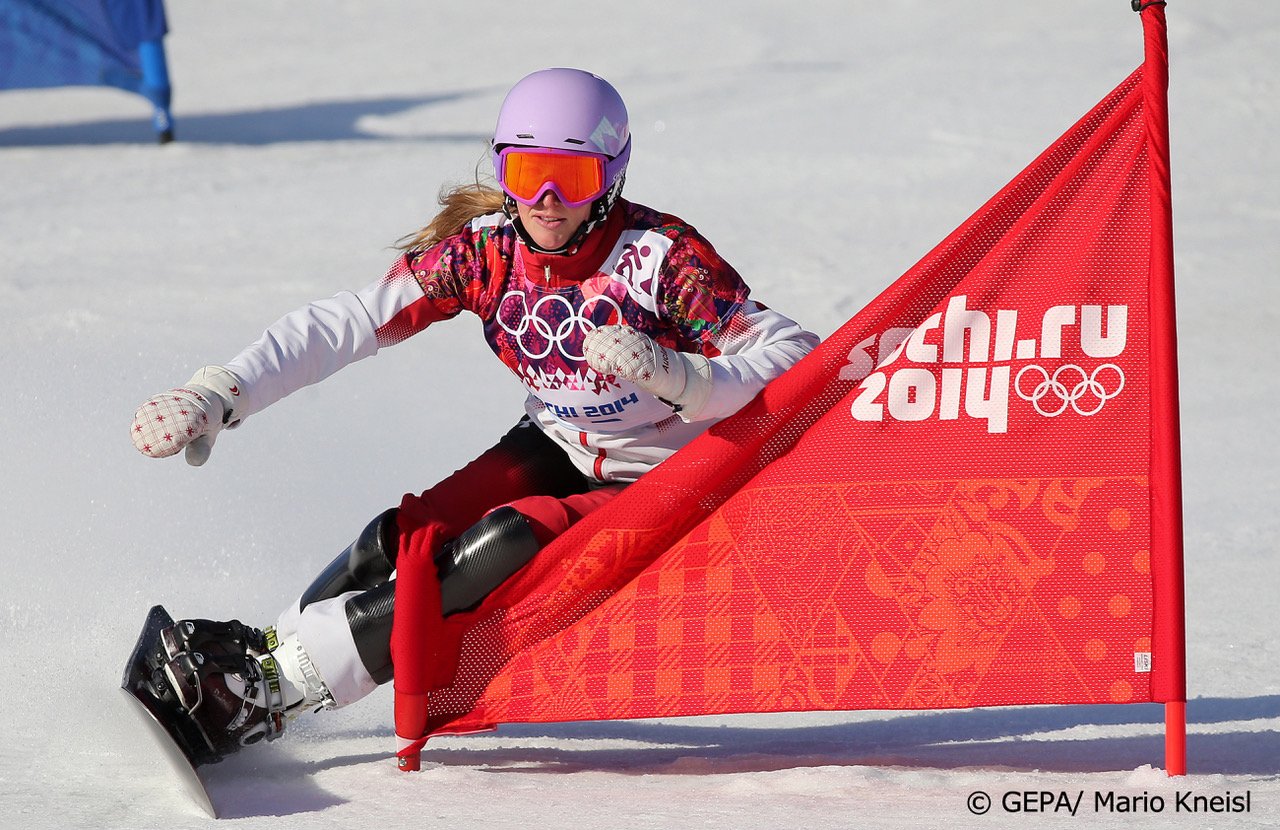By Ariane Lavigne, Dt.P., Nutritionist-Dietitian & Olympian
Ariane Lavigne
Popular, and often associated with a revolutionary method to lose weight or improve performance, intermittent fasting has been the subject of much discussion lately. When we talk about fasting, we are talking about not eating anything for an extended period of time. There are generally three options available:
ONE- Alternative fasting
This consists of not eating anything for 24 hours, once or several times a week. A bit like: all or nothing!
TWO- Modified fasting
It consists of eating normally 4 or 5 days a week, then eating only 25% of your usual energy intake for the remaining days. Example: for a person who consumes an average of 2000 calories per day, you should eat only 500 calories per day at least twice a week.
THREE- Time-restricted eating (TRE)
It consists of not eating anything for a period of time - generally 16 hours - then eating according to hunger in the remaining time interval "allowed". Example: the fasting period could be from 8:00 pm - 12:00 noon the following day, and the "allowed" period could be from 12:00 noon - 8:00 pm.
Effective for weight loss?
Yes: all 3 fasting options have been shown to be effective for weight loss. But in fact, according to studies published to date, continuous caloric deficit gives comparable results to intermittent fasting! It can be a good alternative for weight management if this type of diet fits well with your lifestyle. However, it is very important to stay tuned to our hunger and satiety signals to maintain a balanced diet and a healthy relationship with food. Rigid and severe restriction could lead to nutrient deficiency, electrolyte imbalance, eating disorders, weight regain... like many other diets. Stay tuned so you don't fall into this trap!
Sports performance :
The impact of this diet varies according to the type of sport practiced.
- Resistance sports: If you are mainly involved in weight training for example, intermittent fasting (TRE type being more studied) should not affect your muscular strength (compared to a diet more spread out over the day).
- Endurance sports: If you are a triathlete or cyclist with a high training volume, you should avoid prolonged fasting such as the alternative or modified type, as they would have negative impacts on exercise endurance. TRE fasting presents conflicting results, but remains interesting especially to create metabolic adaptations (oxidation of lipids during exercise) with high level athletes. Pre- and post-workout nutrition should be carefully structured to optimize sessions and recovery.
- High intensity sports: For cyclists who do shorter sessions but with explosive efforts and sprints (such as PowerWatts!), the demand for glycogen (carbohydrates) is very high. Fasting can therefore cause a decline in performance in this type of effort, especially in the first few days. Longer term adaptation is possible, especially with TRE fasting.
As with any diet, side effects such as hunger, fatigue, headaches, dizziness or irritability may occur. If these symptoms are frequent and affect your mood, quality of life and performance, then it will be difficult to persist...
My personal opinion:
Before undertaking this somewhat drastic method of losing weight, I often suggest starting with some basic lifestyle changes, which can pay off handsomely:
1) Make room for supportive foods: Make sure you have a source of protein at every meal or snack (e.g. low-fat dairy, lean meats, fish, legumes, tofu, tempeh etc.). In addition to helping with post-workout recovery, they allow you to sustain yourself better between meals. As for foods rich in fiber (e.g. fruits and vegetables, whole grains, legumes, etc.), these will also increase digestion time and ensure satiety.
2) Drink water regularly: Sometimes our brain thinks we are hungry but in reality it is thirst that is tugging at us. Hydrate well during your workouts, and throughout the day. If you find water too neutral, jazz it up with citrus slices or herbs. As for alcohol, whether you like it or not, it is superfluous calories that your muscles will not be able to use as fuel... Drink better wine but less often!
3) Eat everything! You don't have to eliminate the "3 P's" (bread, pasta, potatoes), but aim for a ratio of 50% vegetables on your plate: a good way to see life in color! Reduce the size of your portions in general by using a smaller plate, and practice eating more slowly to savour each bite.
4) Optimize your workouts: Be sure to include carbohydrates before, during (if >1 hour) and after your PowerWatts sessions. This fuel of choice (contained in fruits, oatmeal, bread, cereal bars etc.), allows you to optimize the quality of your workouts and push more watts!
Conclusion :
Intermittent fasting is not magic, it is simply another way of doing things, and one that comes with its advantages and disadvantages. Be aware that the best diet is the one that allows you to acquire and maintain new eating habits, in a pleasant and sustainable process! Since each person reacts differently to food, an individualized approach is generally required as results and adherence can vary greatly from one individual to another. Don't hesitate to consult a nutritionist to strategically guide you in the right direction!
References :
Extenso (2017). L’effet du jeûne sur le poids, le cancer et certaines maladies chroniques.
Tinsley, G. M., and La Bounty, P. M. (2015). Effects of intermittent fasting on body composition and clinical health markers in humans. Nutr Rev, 73(10): 661-674
Aksungar, F. B. et al. (2017) Comparison of intermittent fasting versus caloric restriction obese subjects : a two year follow up. J Nutr Health Aging. 21:681. Doi :10.1007/s12603-016-0786-y.
Levy, E., and Chu, T. (2019). Intermittent Fasting and Its Effects on Athletic Performance: A Review. Nutrition and Ergogenic Aids, 8(7): 266-269
By Ariane Lavigne, Dt.P., Nutritionist-Dietitian & Olympian

